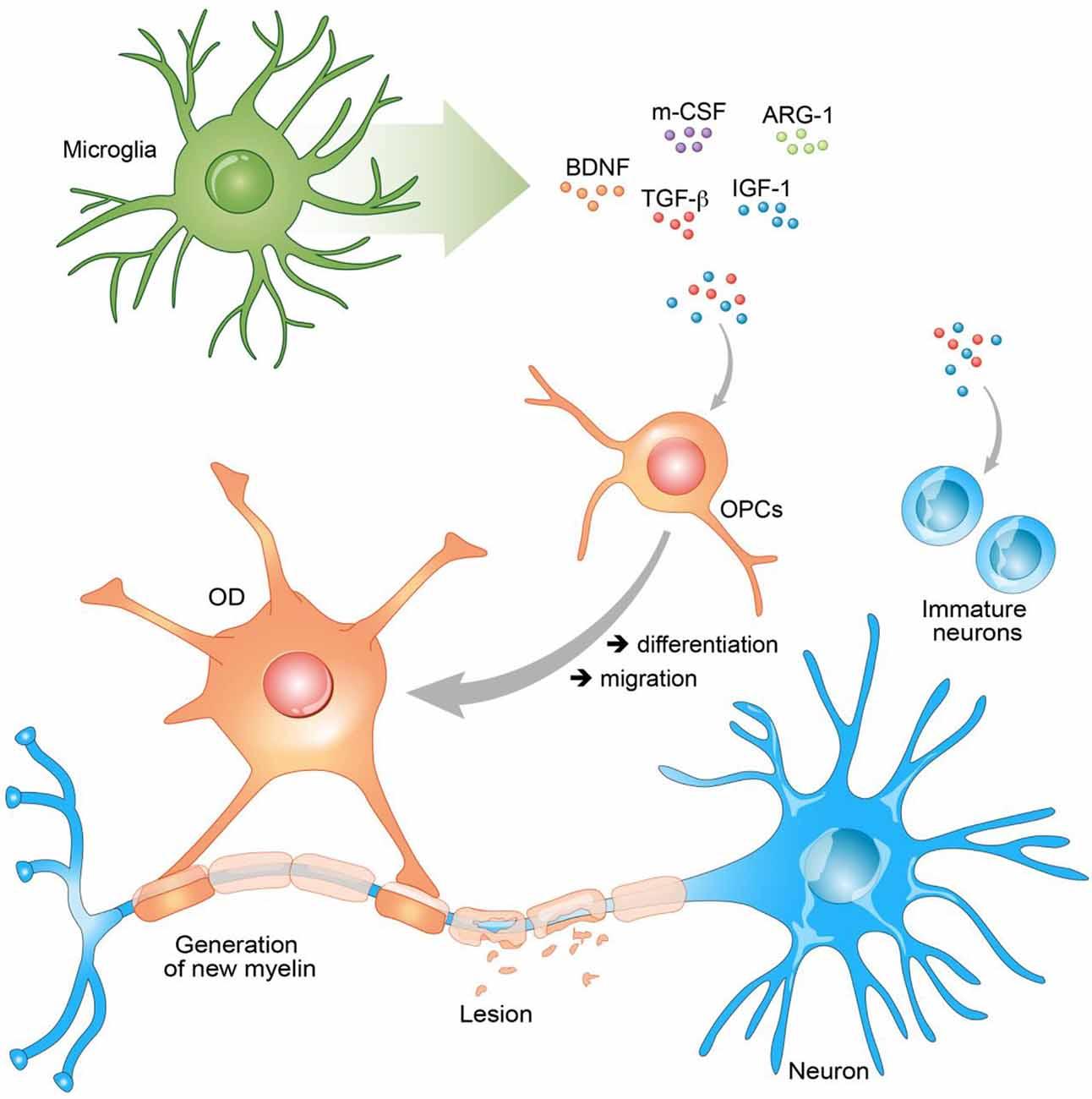Deep within the intricate workings of the human brain lies a mysterious system that serves as its first line of defense. While much remains unknown about this crucial component, recent research has begun to unveil intriguing new details that shed light on its role in protecting the brain from harm. Join us as we delve into the fascinating world of the brain’s defense mechanisms and uncover the secrets of its inner workings.
Exploring the intricate network of microglia in the brain
Microglia, the brain’s resident immune cells, play a crucial role in maintaining brain health and function. These small but mighty cells act as the first line of defense, constantly monitoring their surroundings and responding to any signs of trouble. Through their intricate network, microglia are able to communicate with each other and with other cells in the brain, allowing for coordinated responses to threats such as infection, injury, or neurodegeneration.
Recent research has uncovered new details about the behavior and function of microglia in the brain. Scientists have found that these cells are not only involved in combating pathogens and clearing cellular debris, but also play important roles in shaping neural circuits, regulating inflammation, and supporting cognitive function. By delving deeper into the complex world of microglia, researchers hope to gain a better understanding of how these cells contribute to brain health and disease, paving the way for new therapies targeting the brain’s immune system.

Unlocking the role of microglia in maintaining brain health
Microglia, the specialized immune cells of the brain, play a crucial role in maintaining brain health. Recent studies have shown that these tiny cells are not just the brain’s first line of defense, but also actively contribute to the brain’s development and function. By constantly surveying their surroundings and responding to any signs of trouble, microglia are essential for keeping the brain in tip-top shape.
Researchers are now uncovering new details about the complex interactions between microglia and other cells in the brain. Through their ability to regulate inflammation, phagocytosis, and synaptic pruning, microglia have been shown to influence a wide range of brain functions, from learning and memory to mood and behavior. By understanding the multiple roles of microglia in maintaining brain health, scientists hope to develop new ways to protect and enhance brain function.

Revealing novel strategies to enhance microglial function
Recent research has shed light on novel strategies to boost the function of microglial cells, the brain’s first line of defense. These tiny immune cells play a crucial role in maintaining brain health by monitoring for potential threats and swiftly responding to any signs of danger. By enhancing the function of microglia, researchers believe they can pave the way for new treatments for neurodegenerative diseases such as Alzheimer’s and Parkinson’s.
One of the key findings in this area of research is the potential of targeting specific receptors on microglial cells to modulate their activity. By using small molecules or antibodies to interact with these receptors, researchers have been able to fine-tune the response of microglia to various stimuli, leading to improved neuronal survival and function. Additionally, studies have shown that certain compounds, such as flavonoids found in fruits and vegetables, can also help to enhance the function of microglial cells through their antioxidant and anti-inflammatory properties.

Harnessing the power of microglia for neuroprotection
Microglia, the brain’s resident immune cells, play a crucial role in maintaining the delicate balance of the central nervous system. Recent research has uncovered new insights into how these cells can be harnessed for neuroprotection, shedding light on their potential therapeutic applications in various neurological disorders.
Studies have shown that microglia have the ability to not only respond to damage and inflammation in the brain but also to actively promote tissue repair and regeneration. By modulating the activity of these cells, researchers hope to develop novel strategies for protecting the brain from degeneration and promoting recovery after injury. represents a promising avenue for future research and therapeutic development in the field of neuroscience.
To Conclude
As further research continues to unveil the intricate workings of the brain’s first line of defense, scientists are continuously baffled and amazed by the complexity and efficiency of this crucial system. The more we learn about the brain’s ability to protect itself and maintain its delicate balance, the more we uncover the mysteries of our most vital organ. With each new detail discovered, we move closer to unlocking the secrets of the human mind and paving the way for groundbreaking advancements in neuroscience and neurological health. Stay tuned as we continue to delve deeper into the fascinating world of the brain’s defense mechanisms, and perhaps one day, we may unlock the ultimate secrets hidden within the depths of our own minds.





